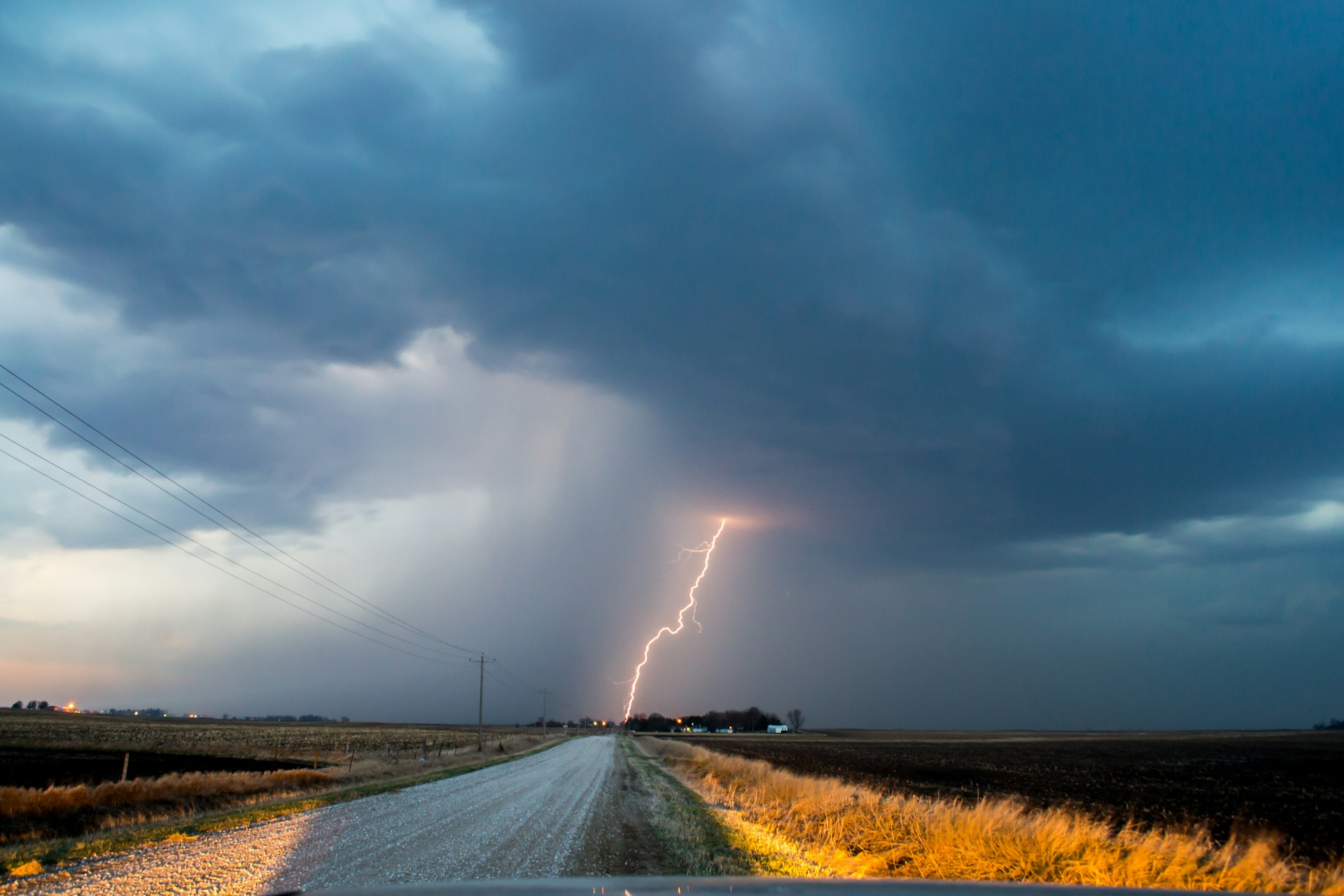
How Could AI Weather Forecasting Improve Awareness?
We are reader-supported. When you buy through links on our site, we may earn affiliate commission.
Artificial intelligence has upended many parts of society and encouraged people to use it in numerous applications. AI weather forecasting is one example. Anyone caught in an unexpected rainstorm knows the associated imprecision of such predictions. However, things can become much more dangerous if experts do not understand the intricacies of an incoming hurricane or other life-risking event. How might technological advancements help them?
Increasing Advanced Forecasting Accessibility
The typical methods of anticipating future weather events involve supercomputers, complex numerical models created over decades and large teams of experts. However, researchers have built an AI tool called Aurora that could change things for the better.
This machine learning-based tool makes weather information more accessible because it gives high-quality, scalable results, even in areas lacking substantial computing architecture. The developers trained it on over 1 million hours of Earth systems data. They also tuned it to handle a wide variety of forecasting tasks.
Those efforts showed the model works better than traditional air quality assessment methods 74% of the time and performed better than seven operational forecasting centers at predicting tropical cyclones in 100% of cases. This tool also shows the potential for AI weather radar because its high-resolution models exceed what the other leading models can do, especially when predicting extreme events.
Those involved with this project believe it can remove barriers that previously prevented weather researchers and others with limited resources from accessing the tools that shape their work. Aurora shortens development cycles to weeks that once took years. That benefit becomes particularly meaningful to people at risk of ramifications from severe weather in an increasingly volatile climate.
Raising Speed and Accuracy
Forecasting the weather quickly may be necessary, especially as experts track fast-evolving storms. However, they do not want to emphasize speed at the expense of accuracy. Advancements in AI weather forecasting could give them the best of both. In one example, researchers built a tool called Aardvark that could replace the entire conventional forecasting pipeline with machine learning.
This fully AI-driven option works thousands of times faster than everything created until now. It gathers data from weather stations, satellites and sensors, producing output useful for AI weather forecasting at the national and local levels. This innovation also exceeds the accuracy of a currently deployed system in the United States while requiring only 10% of its input data.
Users can also create predictions in minutes on desktop computers, although these results formerly required supercomputers. The developers also mentioned that Aardvark’s flexibility and simple design enable deploying it for forecasting in specific locations or industries. That adaptability could increase its market penetration if this tool becomes commercially available or allows researchers to learn more about highly specific topics.
Protecting Vulnerable Communities From Dangerous Storms
Some researchers hope AI could provide earlier warnings for the groups most at risk for significant effects caused by violent weather. One uses various machine learning techniques, including approaches that use explainable artificial intelligence. Those tell researchers how the technology arrived at specific conclusions, making them easier to understand and verify.
This work centers on anticipating tropical cyclones in the Southwest Pacific. In that region, warming ocean temperatures cause increasingly destructive storms, but progress in predicting them could save lives. It could also improve how experts communicate risks and enhance infrastructure planning.
Even as a child, this assistant professor of geography and environmental science wondered what made storms’ impacts so different from one region to the next. That led to her focus of using technology and knowledge to help people. She understands how severe storms can permanently affect lives in seconds, and that greater awareness could reduce such catastrophic consequences.
The effort combines supervised machine learning with geospatial diagnostics to predict cyclone intensity, especially before landfall. She believes the results could support vulnerable regions in safeguarding against climate hazards through practical planning.
Supporting Innovation by Revealing Limitations
When an AI weather radar tool or similar development shows seemingly fantastic results, experts and casual observers can start wondering if these products will replace hardworking humans.
A 2025 study dispels that notion. It finds that AI weather forecasting tools get remarkable results, but they are not magical, error-free products. More specifically, they lack reliable weather information about unprecedented events. That’s because they can only make predictions based on their training data content.
The researchers said their discovery of that limitation supports future innovation because teams might address that challenge by ensuring the AI models and training data include more mathematics and physics content.
Anticipating an Exciting Future in AI Weather Forecasting
Although artificial intelligence-based weather tools are imperfect, they have also proven their worth in enhancing forecasting. Interested parties should stay tuned for further developments in this fast-moving industry segment.
FAQs About AI Weather Forecasting
What Are the Benefits of AI Weather Forecasting?
AI-enabled weather forecasting tools can provide accurate information faster than traditional methods. Many researchers have built them to require less computational power than their counterparts, increasing their accessibility to weather experts with fewer resources.
What Are the Challenges of AI Weather Forecasting?
Current AI models can only predict events based on what their training data contains. That limitation makes them unable to anticipate unprecedented events, including those that may become more frequent due to climate change.
Will AI Weather Forecasting Replace Meteorologists?
Even the most advanced AI weather forecasting models can make mistakes, and the same is true of humans. Instead of the technology taking workers’ jobs, the most likely future scenarios involve highly trained people working alongside artificial intelligence and other advanced technologies to get the best results.
Can Everyday People Use AI Weather Forecasting Tools?
Although AI weather forecasting tools for consumers have yet to achieve widespread availability, some companies have explored ways to help curious tech enthusiasts experience the possibilities. In one case, a partnership between weather site AccuWeather and AI company Perplexity has resulted in AccuWeather becoming the exclusive weather data provider for Perplexity, which more than 150 million people worldwide use to get their questions answered.
AccuWeather features such as real-time data and hyperlocal features populate Perplexity’s weather page and its generative AI answers. They also alert people to impending severe weather and have saved thousands of lives as a result of those warnings. Curious consumers should also expect to see more artificial intelligence tools intended for them, especially given AI’s increasing prominence in products and the enduring importance of weather forecast accuracy.
Share on
Like what you read? Join other Environment.co readers!
Get the latest updates on our planet by subscribing to the Environment.co newsletter!
About the author
Grace Waters
Always inspired by the natural world around her, Grace grew up exploring tide pools and hiking mountain trails, developing a deep appreciation for biodiversity and conservation. Now, Grace works as the Senior Editor of Environment.co where she covers topics related to emerging clean technologies, zero-waste initiatives, and the intersection of environmental policy and everyday living.





